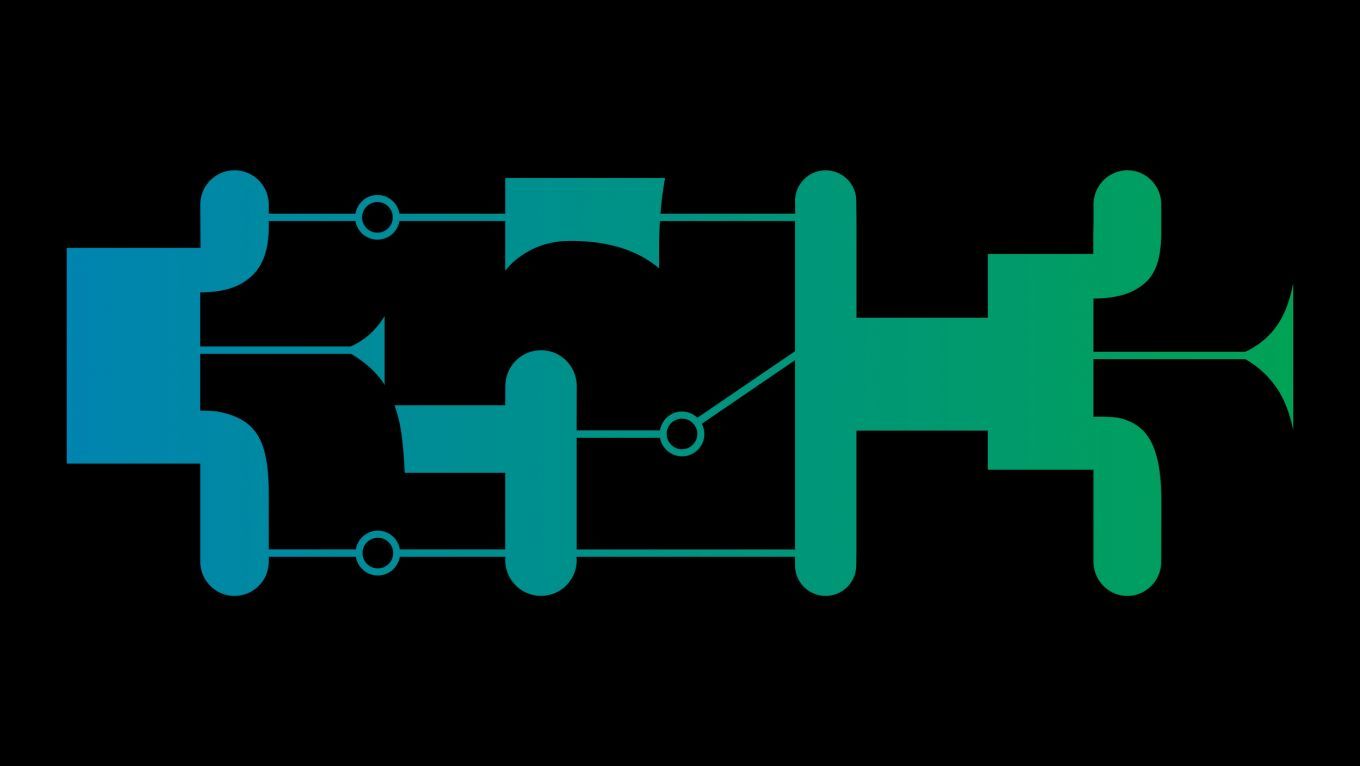Science
Information Biology - Investigating the information flow in living systems
From cells to dynamic models of biochemical pathways and information theory, and back.
How to apply Shannon's information theory to biology.
Cells, from bacteria to human cells, constantly take up, store, retrieve, communicate and make decisions based on information. How they realise all this computation using very unreliable components is still largely an open question. Instead of transistors they have to employ proteins, but proteins constantly degenerate and are re-built making their numbers fluctuate. If cellular signalling is impaired severe diseases can be the result, for instance cancer or epilepsy.
As cellular communication is so pervasive and essential, researchers start to look into this information flow in biological systems in more detail. My research group at the BioQuant centre, Heidelberg University, is also active in this area, an area which I would call Information Biology — the study of how biological systems deal with information.
I will show you how you can apply Shannon's information theory to biological systems. For this we need three ingredients, namely dynamic models of biological pathways, stochastic simulation algorithms (that take into account intrinsic fluctuations in molecular numbers), and, of course, Shannon's theory of information.
I will give brief and user-friendly introductions to these three ingredients. After that I am going to talk about a number of use cases, such as:
How much memory does a bacterium have? And how long can it remember things?
How many bits per second can a liver cell process via its calcium signalling pathway?
How must signalling pathways be constructed, structurally and dynamically, for certain stimuli to be decoded?
and others…
I will also give links to (open source) software that is being developed in my group, which you can use to simulate and play around with biochemical pathways, and also to estimate information flows and do information biology.
FYI: The research I am talking about here is part of a research area which is called Computational Systems Biology. Systems Biology is a field which studies biological systems not by reducing them to their constituent parts, such as single receptors, genes, molecular complexes etc., but by viewing them in the cellular or organismal context and, importantly, as (dynamic) systems. And Computational Systems Biology is Systems Biology done with the help of mathematical models and simulation/analysis algorithms.
Additional information
| Type | lecture |
|---|---|
| Language | English |
More sessions
| 12/27/18 |
Neutrinos are “ghost-like” elementary particles that can literally go through walls. They can bring information from places that are impossible to observe through other means. This talk provides a glimpse behind the scenes of a next-generation neutrino detector called Hyper-Kamiokande – a cylindrical water tank the size of a high-rise building. I will describe some of the problems you encounter when planning a subterranean detector of this size, and explain how this detector helps us ...
|
| 12/27/18 |
After launching a spacecraft into orbit the actual work for mission control starts. Besides taking care of the position and speed of the spacecraft this includes e.g. detailed modeling of the power usage, planning of ground station contacts, payload operations and dealing with unexpected anomalies. In this talk we will see many examples of problems particular to space crafts and how they influence the way space craft mission operations works.
|
| 12/27/18 |
This talk will teach you the fundamentals of machine learning and give you a sneak peek into the internals of the mystical black box. You'll see how crazy powerful neural networks can be and understand why they sometimes fail horribly.
|
| 12/27/18 |
TCP/IP is the most widely used protocol on the Internet for transmitting data. But how does it work in detail? This talk will explain the TCP protocol, from handshake over established to teardown in detail - and elaborate a bit on protocol adjustments over time and congestion control.
|
| 12/27/18 |
CRISPR/Cas hat die Genforschung revolutioniert und könnte bald in großem Stil gentechnisch eingesetzt werden. Aber was ist CRISPR und wie funktioniert es? Kurz gesagt: Teile des adaptiven Immunsystems von Bakterien werden genutzt, um Gene zu verändern. Und das funktioniert präziser als mit jedem anderen Werkzeug zuvor und offenbar in allen Tier- und Pflanzenarten. Damit ist CRISPR anders als die herkömmlichen Methoden der Gentechnik. Es ist einfach anzuwenden, preiswert, schnell, extrem ...
|
| 12/27/18 |
An (almost) self-contained introduction to the basic ideas of quantum mechanics. The theory and important experimental results will be discussed.
|
| 12/27/18 |
As humans have a large negative impact on ecosystems all around the globe, we are approaching a major extinction event in which around 70% of all species will go extinct. This talk will give an introduction to a data-driven and system-based view of ecology.
|

